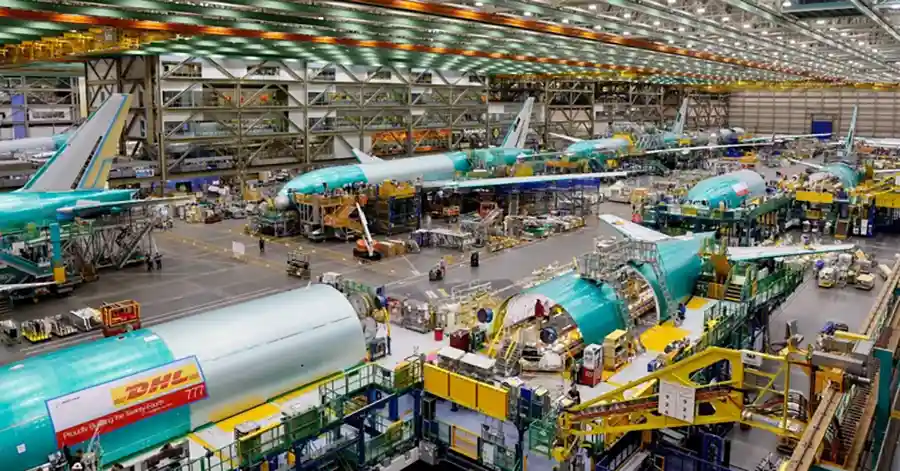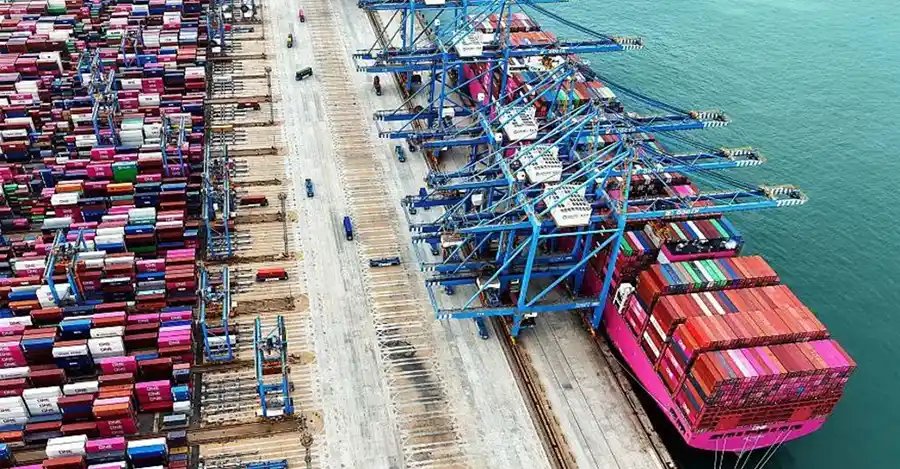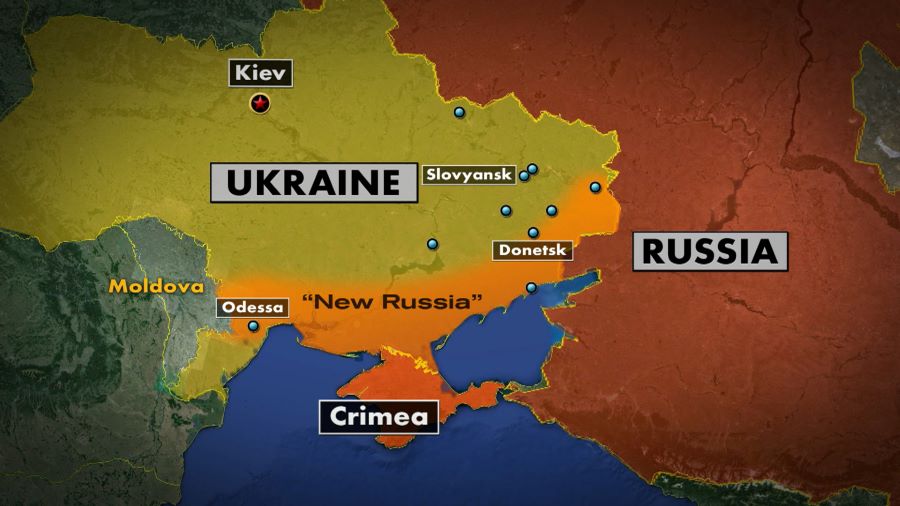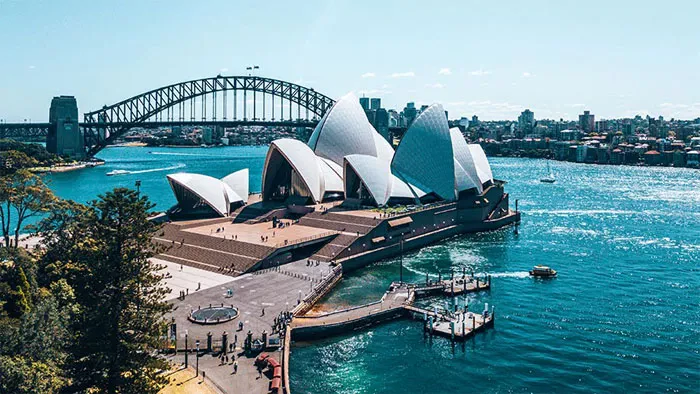Australia-In what environmental experts are calling Australia’s most alarming climate assessment to date, the Australia climate risk 2050 report reveals that rising seas will directly threaten 1.5 million coastal residents within the next 25 years—a figure that could double to 3 million by 2090. Released by the Australian government, this landmark National Climate Risk Assessment warns that climate change will trigger cascading, complex, and simultaneous impacts on the Australian lifestyle, destroying $611 billion in property value by mid-century while increasing heat-related deaths by a staggering 400% in cities like Sydney if temperatures rise 3°C. Environment Minister Chris Bowen delivered the sobering message: “We are experiencing climate change impacts now. This is no longer just a forecast—it’s reality.”
Breaking Down Australia’s Climate Nightmare by the Numbers
Under 1.5 degrees Celsius of warming, sea levels would rise by 0.14 meters, putting 1.5 million people living in coastal areas at risk of sea level rise and coastal flooding by 2050. The report, prepared independently for the government, paints a devastating picture of Australia’s near future.
Critical 2050 Statistics:
- 1.5 million Australians exposed to coastal hazards including flooding and erosion
- $611 billion AUD in property value decline across the nation
- 400%+ increase in heat-related deaths in major cities under 3°C warming scenario
- 597,000 people already living in extremely high-risk coastal areas
- Countless species facing extinction due to ecosystem collapse
2090 Projections: When Bad Becomes Catastrophic
By 2090, the number of Australians exposed to coastal hazards could double to 3 million people, with property values taking a $770 billion hit. This represents generational wealth destruction and forced migration on a scale unprecedented in Australian history.
Long-term consequences:
- 3 million coastal residents at severe risk from rising seas
- $770 billion AUD total property value losses
- Mass displacement of communities from uninhabitable zones
- Permanent ecosystem destruction across unique Australian habitats
- Infrastructure collapse in coastal cities and towns
Image Alt Text: Australia climate risk 2050 map showing 1.5 million coastal residents threatened by sea level rise property damage
Torres Strait Islands: The Frontline of Climate Catastrophe
Indigenous Communities Face Cultural Extinction
The Torres Strait Islands, located in northern Australia between Queensland and Papua New Guinea, exemplify the human cost of climate inaction. Climate change is already causing destruction to fragile ecosystems, affecting traditional food supply, and impacting the health and livelihoods of Indigenous Islander communities.
Joan Hill, community coordinator from Edith Cowan University and member of an Indigenous Torres Strait community, issued an urgent plea: “We can’t delay anymore. If immediate action isn’t taken, communities living on Torres Strait islands will lose their homes, culture, and traditions.”
Sea Levels Rising Faster Than Global Average
Communities located on low-lying Torres Strait islands have particular vulnerability to sea level rise and increasingly intense storm surges caused by more extreme weather. These islands experience sea level rise rates above the global average, accelerating the timeline for catastrophic impacts.
Torres Strait crisis indicators:
- Sea level rise outpacing Australian mainland
- Traditional fishing grounds disappearing
- Sacred cultural sites being submerged
- Freshwater supplies contaminated by saltwater intrusion
- Forced relocation discussions already underway
Historic UN Human Rights Victory—Now Threatened
In a groundbreaking 2022 decision, the UN Human Rights Committee found that Australia violated Torres Strait Islanders’ rights to enjoy culture and family life due to climate inaction. This landmark ruling established that governments have legal obligations to protect indigenous communities from climate impacts.
However, in July 2025, Indigenous Australians living on climate-threatened Torres Strait islands lost a landmark court case to hold the government responsible for lacklustre emissions targets, dealing a devastating blow to indigenous climate rights.
Image Alt Text: Torres Strait islands climate change showing indigenous communities threatened by sea level rise Australia 2050
The $611 Billion Property Collapse: Economic Devastation Ahead
Where Australian Property Values Will Crater
The National Climate Risk Assessment identifies property markets facing catastrophic devaluation:
Highest-risk regions:
- Queensland’s Gold Coast: Beachfront properties face total loss
- New South Wales coastal suburbs: Sydney’s eastern beaches particularly vulnerable
- Northern Territory communities: Already experiencing climate migration
- Western Australian coastline: Perth suburbs at severe risk
- South Australian coastal towns: Adelaide metropolitan areas threatened
Beyond Property: The Complete Economic Picture
Property devaluation represents only one component of Australia’s climate economic crisis:
- Infrastructure damage: Roads, bridges, utilities requiring constant repair
- Insurance crisis: Premiums skyrocketing, coverage becoming unavailable
- Tourism industry collapse: Iconic attractions like Great Barrier Reef degrading
- Agricultural devastation: Farming regions experiencing crop failures
- Healthcare costs: Treating heat-related illnesses overwhelming systems
Climate Council CEO Amanda McKenzie called the report “terrifying,” emphasizing: “We can build a better future by reducing carbon emissions more rapidly and stringently. The first step is setting strong climate targets for 2035 and stopping new pollution projects.”
Heat Deaths Surge 400%: Cities Become Death Traps
Sydney’s Lethal Summer Future
If temperatures rise 3 degrees Celsius above pre-industrial levels—a scenario increasingly likely under current policies—cities like Sydney could experience heat-related mortality increases exceeding 400%. This transforms Australia’s urban centers from livable cities into seasonal danger zones.
Urban heat crisis factors:
- Urban heat island effect: Concrete and asphalt amplifying temperatures
- Vulnerable populations: Elderly, low-income residents lacking air conditioning
- Infrastructure strain: Power grids failing during peak demand
- Emergency service overwhelm: Hospitals unable to handle patient surge
- Outdoor work impossibility: Construction, agriculture becoming too dangerous
Who’s Most at Risk?
Heat vulnerability isn’t equally distributed:
- Elderly residents: Reduced thermoregulation capabilities
- Outdoor workers: Construction, farming, delivery workers
- Low-income households: Cannot afford adequate cooling
- Remote communities: Limited access to emergency healthcare
- Indigenous populations: Often living in hottest regions with minimal infrastructure
Ecosystem Extinction: Losing Australia’s Natural Heritage
Species Facing Annihilation
The report warns that countless Australian species—many found nowhere else on Earth—face extinction due to climate change. Australia’s unique biodiversity evolved over millions of years in isolation; rapid climate shifts prevent evolutionary adaptation.
Critically threatened ecosystems:
- Great Barrier Reef: Coral bleaching approaching point of no recovery
- Tropical rainforests: Queensland’s Daintree facing species collapse
- Alpine regions: Snow-dependent species losing habitat
- Coastal wetlands: Saltwater intrusion destroying breeding grounds
- Arid interior: Desert species pushed beyond survival limits
Cascading Ecological Collapse
Climate impacts don’t occur in isolation—they trigger devastating chain reactions:
- Coral reef death eliminates fish breeding grounds
- Fish population collapse destroys seabird colonies
- Habitat fragmentation prevents species migration
- Bushfire intensification eliminates slow-reproducing species
- Introduced species outcompete native fauna in changing conditions
Image Alt Text: Australian wildlife climate change threats showing ecosystem collapse species extinction risk 2050
Policy Failure: The Contradiction Killing Australia’s Future
Renewable Energy Progress vs. Fossil Fuel Expansion
Australia presents a climate policy paradox: aggressive renewable energy deployment alongside continued fossil fuel project approvals. Environment Minister Bowen acknowledged this tension: “The journey toward a green future is complex, but we have the world’s best renewable energy resources. Gas will be necessary as a transitional alternative in the near future.”
The LNG Project Controversy
Despite the dire climate assessment, the Australian government recently extended a major northwest region LNG (liquefied natural gas) project by 40 years. This decision sparked outrage among environmental and indigenous communities.
LNG project impacts:
- 10+ million tons annually: LNG and petroleum products exported
- Decades of emissions: Locking in fossil fuel dependence through 2065
- Indigenous land damage: Projects affecting traditional territories
- Climate target contradiction: Undermining Australia’s Paris Agreement commitments
- International criticism: Damaging Australia’s climate leadership credibility
Paris Agreement Deadline Approaches
The report’s release coincides with Australia’s obligation to submit updated emission reduction targets under the Paris Climate Agreement. Climate advocates demand:
- 2035 emissions targets: At least 75% reduction from 2005 levels
- No new fossil fuel projects: Immediate moratorium on coal and gas expansion
- Just transition funding: Supporting fossil fuel workers into renewable jobs
- Indigenous leadership: Torres Strait communities guiding adaptation strategies
- Coastal adaptation funding: Billions for infrastructure and managed retreat
What Australians Can Do: Individual and Collective Action
Personal Climate Action Steps
While systemic change requires government policy, individuals can contribute:
- Reduce personal emissions: Transport, energy, consumption choices
- Support climate-conscious businesses: Invest in renewable energy companies
- Vote for climate action: Prioritize environmental policies in elections
- Prepare for climate impacts: Assess personal risk from floods, fires, heat
- Support vulnerable communities: Donate to indigenous climate adaptation programs
Demanding Political Accountability
Amanda McKenzie emphasizes collective action: “This report is an example of how we can use power to hold large entities accountable.” Citizens must pressure elected officials through:
- Contacting representatives: Demand stronger climate policies
- Participating in protests: Join climate action demonstrations
- Supporting litigation: Back environmental legal challenges
- Spreading awareness: Share climate information in communities
- Electing climate champions: Support candidates with strong environmental platforms
International Context: How Australia Compares Globally
Behind the Climate Action Curve
Australia lags peer nations in climate response:
Comparison with similar economies:
- United Kingdom: 68% emissions reduction target by 2030
- European Union: 55% reduction target, aggressive renewable deployment
- United States: Inflation Reduction Act investing $369 billion in clean energy
- Canada: Carbon pricing system incentivizing emission reductions
- Australia: Weaker targets, continued fossil fuel expansion
Opportunities for Leadership
Despite current failures, Australia possesses unmatched renewable energy potential:
- Solar resources: Among world’s best solar irradiation levels
- Wind power: Extensive coastline and open spaces ideal for turbines
- Green hydrogen: Potential to become global renewable energy exporter
- Battery minerals: Critical lithium deposits for energy storage
- Technological innovation: Strong research institutions and workforce
Conclusion: Australia’s Climate Crossroads
The Australia climate risk 2050 report represents more than scientific projection—it’s an ultimatum. With 1.5 million Australians facing coastal displacement, $611 billion in property destruction, and heat deaths surging 400%, the consequences of continued inaction are catastrophic and irreversible.
Torres Strait Islander communities are already losing their ancestral homes and cultures. By 2090, 3 million Australians could face similar fates as rising seas swallow coastal cities. Unique ecosystems that took millions of years to evolve will disappear within decades.
Yet the report also illuminates pathways forward. Rapid emission reductions, immediate cessation of new fossil fuel projects, massive renewable energy investment, and indigenous-led adaptation strategies can still avert the worst outcomes. The question isn’t whether Australia has the resources or technology to act—it’s whether political will matches the urgency of the crisis.
As Minister Bowen stated, climate change impacts are no longer forecasts—they’re current reality. The next five years will determine whether Australia rises to meet this existential challenge or condemns future generations to a diminished, dangerous world.
External Resources:



















Comments